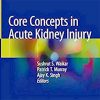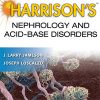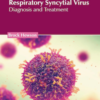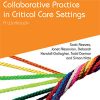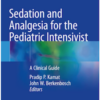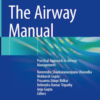Medicating patients during extracorporeal membrane oxygenation
ccforum.biomedcentral.comExtracorporeal membrane oxygenation (ECMO), which can support gas exchange or hemodynamics in patients with severe respiratory or cardiac failure, has demonstrated considerable evolution over the last decade [1], with a steady rise since 2009 in the number of ECMO‐treated patients and number of centers providing ECMO support [2, 3]. With more adult patients being placed on ECMO support, there is an increased need to understand the complex changes in drug pharmacokinetics and pharmacodynamics that occur with the addition of an ECMO circuit to the management of a critically ill patient.
The pharmacokinetics and pharmacodynamics of drugs administered to critically ill patients are influenced by several factors, including the physiochemical properties of the drugs, the etiology and severity of the underlying illness, and the function of the organs responsible for drug metabolism. The presence of ECMO has an additional impact on drug distribution and metabolism, particularly due to increases in volume of distribution and sequestration by circuit components.


